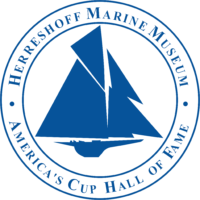October 19, 2022
From the Vault: Welcome Home VAPOR!
HMM acquires a very rare thing...
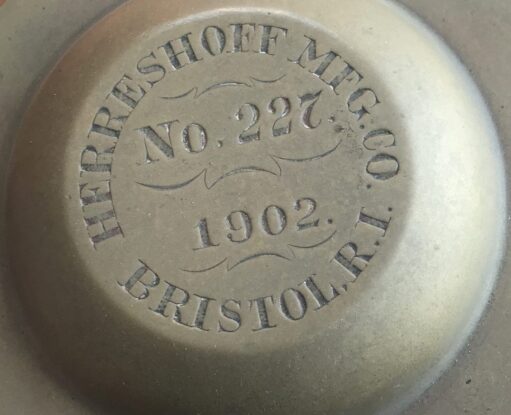
We are extraordinarily pleased to announce that HMM has recently acquired the last known extant HMCo. steam launch, VAPOR (HMCo. #227) of 1902, originally commissioned as the tender to financier, oil baron & railroad tycoon Henry Clay Pierce's steam yacht YACONA. For the past 72 years, VAPOR was owned and maintained by the Martin family of Costa Mesa, CA. VAPOR was generously donated to HMM by Carol Martin, wife of the late Jon Martin, who had inherited the boat from his father and was the caretaker of the vessel for many years.
Launch #227 was contracted in August 1902 for an unknown price. The model was a popular one of Captain Nat's, with a total of 30 vessels built to it between 1898 and 1910 at various scales and lengths - including #240, also in HMM's collection today and currently on display at T.F. Greene International Airport.* Other clients for launches based on this model ranged from the U.S. Coast Survey, the U.S. Navy and Bath Ironworks to individuals like Morton F. Plant and Cornelius Vanderbilt III. VAPOR (as the launch would eventually be named) was the tenth built to this model, 30' overall and 29'9" on the waterline with a 6' beam and 1'10" draft.

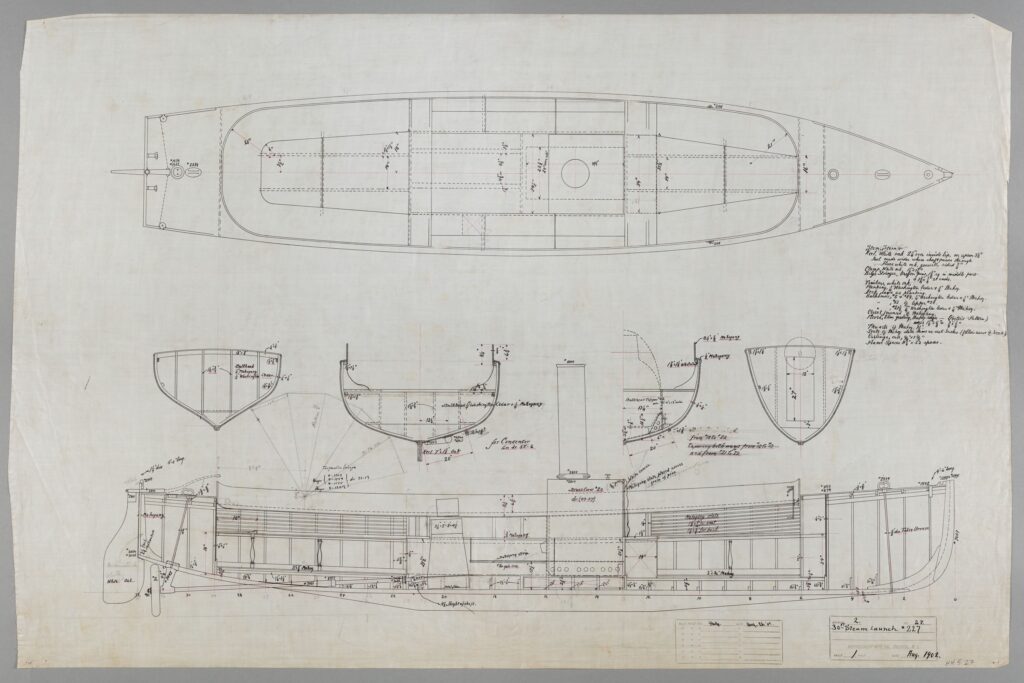
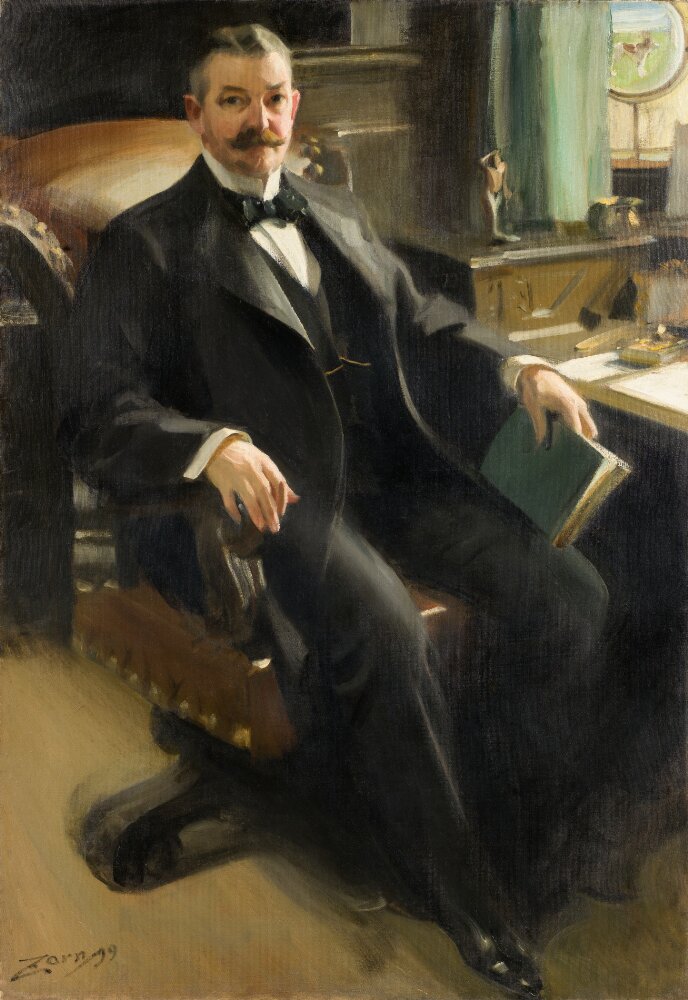
On September 9, 1902 it was reported in the Bristol Phoenix that the 211' LOA steam yacht YACONA had anchored off the Herreshoff waterfront, and that "repairs were made on her machinery and the yacht left here today." (It was also reported that some of the crew apparently enjoyed Bristol a bit too much, by the standards of the day...) YACONA had been built in 1899 at Kinghorn in Scotland, and had previously belonged to the King of Portugal. The yacht arrived in the U.S. in June of 1902 under ownership of financier and oil man Henry Clay Pierce (1849-1927), who commissioned both the 30' steam launch and a Newport 15 around the same time of YACONA's arrival in the States. #227's exact launch date is not currently known, but a trial run was recorded on September 10, 1902 by Captain Nat, around the same time YACONA was reported to be in Bristol. Captain Nat recorded that the machinery worked well over the half mile course with three people onboard, all equipment, and 200-300 pounds of coal during the tender's trials. The boat made just over 12 knots, or 13.82 m.p.h. according to his notes. Was this timed to coincide with YACONA's arrival in Bristol? It seems likely, though the fact that the Phoenix reported YACONA having departed on September 9th - the day before the steam launch trials - is a puzzle, or possibly a reporting error, or an incorrectly recorded date in Captain Nat's notes.
YACONA went on to have an ocean-spanning career after its time as a private yacht, but had apparently parted ways with its steam tender by 1940. In 1940, #227 resurfaced in California with the name VAPOR, identifiable by the "HMCo. #227" engraved on the engine. By now the steam launch belonged to Captain F.E. Lewis of Balboa, CA, and was in need of a new boiler. While giving the boat a "complete overhaul," Lewis wrote to HMCo. for new cap screws for the cylinder heads, and new boiler tubes and a tube expander so that he could have a new boiler fabricated in Long Beach, CA. Boilers were the shortest-lived element in even the best-maintained steam plants: like plaque building up on heart valves, scaling and corrosion from impurities in the water used to produce steam meant that boilers tended to wear out faster than other elements in a steam plant. This was also true in VAPOR's case - #227's boiler has been replaced at least twice.
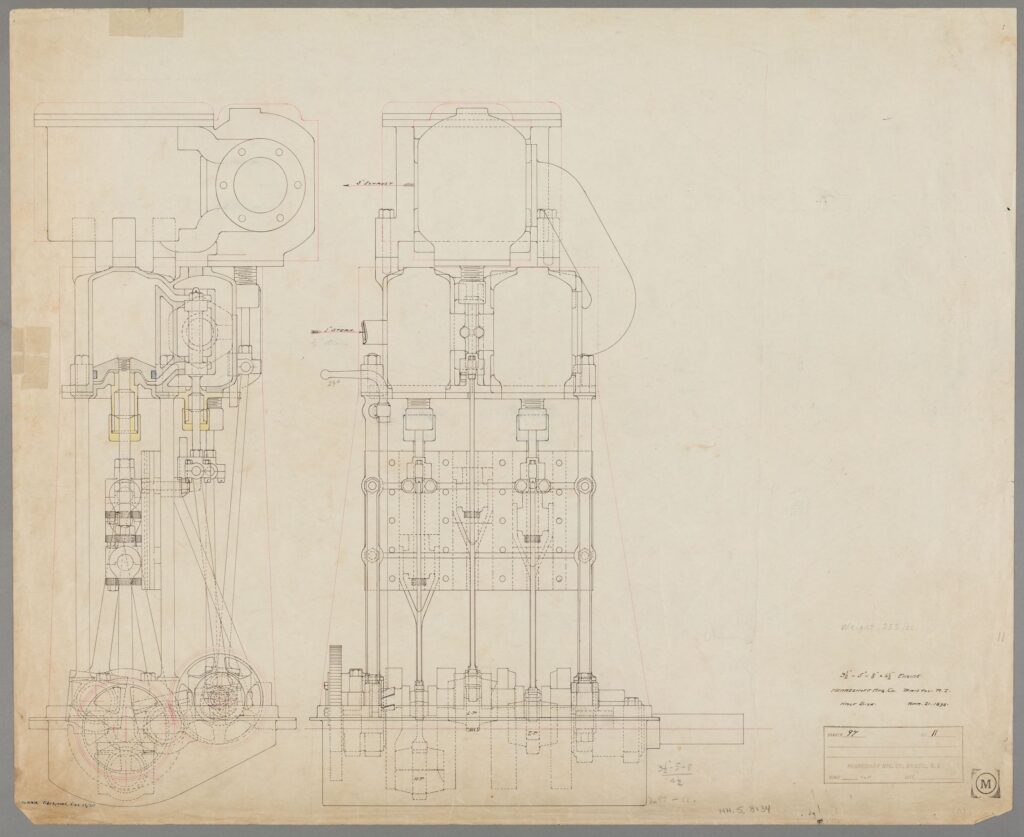
VAPOR has a very special engine. This was an example of the first triple expansion "steeple" engine designed by Captain Nat, and HMCo. built at least 27 of them beginning in 1898. They were so nicknamed because the cylinders were stacked vertically rather than horizontally - a more space-efficient arrangement for a small launch. The 3 1/2 - 5 - 8" bore x 4 1/2" stroke triple expansion engine was capable of producing 48 h.p. This particular model of Herreshoff engine weighs 355 lbs without boiler (per a note on the main construction drawing), and cost $500 new. These little steeple engines were considered marvels of compact engineering in their day. VAPOR's engine is the second example now in the HMM collection.
VAPOR was acquired by Elwood C. Martin in 1950, and was subsequently passed on to Elwood's son, Jon, who owned and operated the boat for many years from Harbor Island in Newport Harbor. Jon once told boatbuilder Ed Louchard that the old steam launch was so fast, he could waterski behind it. In 1994, VAPOR was sunk at the dock by a power boat, necessitating a major rebuild. Luckily the power plant was not installed in the boat at the time, so the steam engine was at least spared saltwater damage from the sinking.
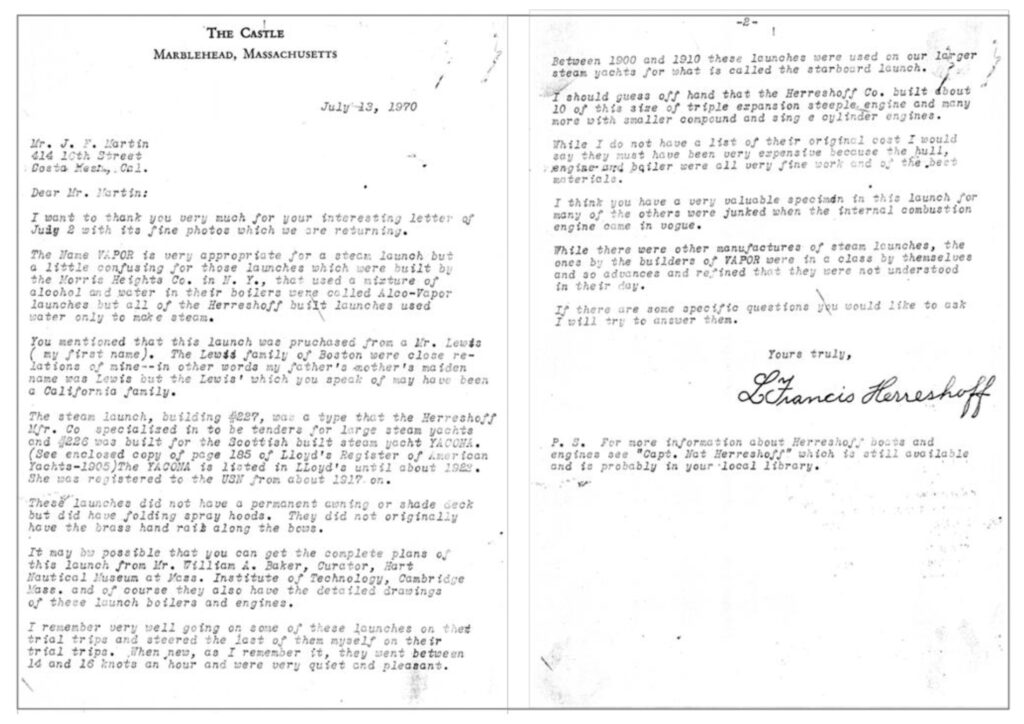
VAPOR has arrived at HMM with its original engine and a replica boiler. Captan Lewis' 1940s boiler had been previously donated to HMM by the Martins in the 1990s, and is currently on display in the Steam Exhibit / EAGLE launch. VAPOR's power plant is currently separate from the hull. It had not yet been reassembled at the time of Mr. Martin's death following a multi-year restoration of the hull undertaken by Ed Louchard of Port Townsend WA. (Click here to read about the first phase of the restoration, which began in 2008, in Mr. Louchard's Classic Yacht Symposium paper of 2010.) Though much work lies ahead to reunite boiler, engine and hull, this represents a significant addition to the collection and HMM is deeply grateful to the Martin family for their many years of care, and for returning this important piece of HMCo. history to Bristol.
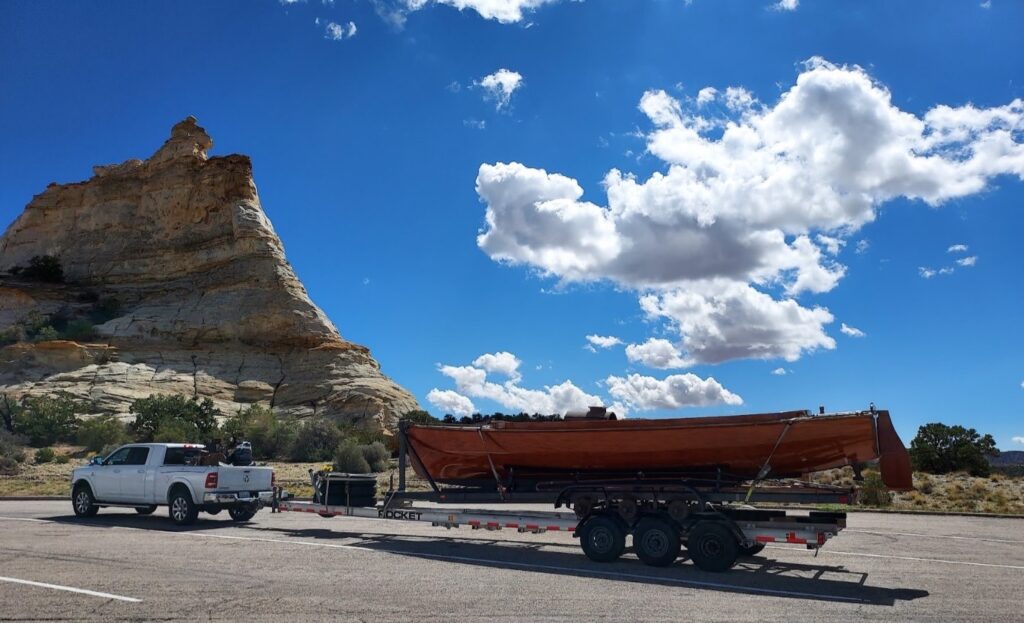
HMM thanks in particular Carol Martin, Val Giannini, and Rick Peters for making this donation possible! Click here if you would like to help offset the cost of VAPOR's transport from CA, help us fabricate a new cradle for the launch, or otherwise support ongoing preservation efforts around this important artifact.
*240 of 1904 was designed with a gasoline engine; six of the launches built to this model were powered by gasoline engines after 1904, while the other 24 carried steam plants.
